Much of the U.S. pipe infrastructure is in poor condition and deteriorating further each year. مشاهده لینک ها و تصاویر پس از ورود یا عضویت and مشاهده لینک ها و تصاویر پس از ورود یا عضویت infrastructure in most areas is anywhere from 50 to 100 years old and has met or exceeded its intended life expectancy. Replacements and repairs made in recent years are only the first drops in the bucket – there’s plentymore to come.
The U.S. Environmental Protection Agency (EPA) has projected that unless cities invest more to repair and replace their water and sewer systems, nearly half of the water system pipes in the United States will be in poor, very poor or “life elapsed” status in the next three years. Many of these systems are already in poor condition.
According to a recent American Water Works Association (AWWA) survey of 46 jurisdictions, including 43 states, there is an average 16 percent “unaccounted for” or “unbilled” water leakage, with some leakage as high as 50 percent.
If repairs are not made to the water and wastewater infrastructure in the United States, water utility customers might see water rates increase significantly. Municipalities are faced with the significant challenge of finding a cost-effective solution.
The good news is that the enhanced performance properties of مشاهده لینک ها و تصاویر پس از ورود یا عضویت offer a cost-effective solution. PE offers improved life-cycle performance with many benefits, including lower installation costs, reduced water leakage, corrosion resistance and reduced maintenance over the lifetime of a pipe infrastructure system.
Life-Cycle Performance
Reliable and efficient piping systems are essential to everyday life. Today’s pipelines are made from a variety of available materials ranging from the traditional – metal, concrete and clay – to plastics. However, some traditional pipes are losing treated water every day from cracking and corrosion. When specifying مشاهده لینک ها و تصاویر پس از ورود یا عضویت for a rehabilitation project, it is important to factor in several performance benefits over the entire product life-cycle of a water and wastewater pipe system.
Increased Flexibility for Ease of Installation
One of the first factors to consider is the cost to purchase the pipe material and install the pipe system. From a material and actual installation cost perspective, polyethylene pipe can be significantly less expensive than traditional materials, such as steel, depending on the location and installation method. In fact, at a recent installation in a major U.S. city, polyethylene pipe was found to be more cost effective. Polyethylene pipe, 12 inches in diameter, was approximately $15 per foot, while the same diameter pipe made from steel cost more than $30 per foot. In addition, the 12-inch polyethylene pipe cost approximately $70 per foot to install vs. more than $600 for steel pipe – a savings of almost $2.8 million per mile. This difference in installation costs between polyethylene pipe and pipe made from more traditional materials could be attributed to less intrusive installation options available with polyethylene pipe.
While there are the obvious monetary costs associated with installing pipe infrastructure, there are also societal costs, including soil displacement, surface restoration, traffic congestion and social disruption. High-performance مشاهده لینک ها و تصاویر پس از ورود یا عضویت provides excellent pipeline flexibility needed for trenchless and other cost-effective and less intrusive installation methods. Trenchless installation technologies using PE pipes, as opposed to traditional materials and installation methods, can minimize social disruption and reduce construction costs over open trench methods. A good example of a popular trenchless technology is horizontal directional drilling (HDD).
According to the Plastics Pipe Institute (PPI), over the last 20 years HDD has experienced major growth, becoming a more widespread trenchless method for water and wastewater pipe installation. HDD minimizes surface and social disruption, saving associated repair costs by allowing contractors to excavate underground without difficult river and waterway crossings or reconstructing paved surfaces such as highways, roads and sidewalks after digging open pipe trenches. PE pipe has become one of the most commonly used materials for this increasingly popular type of drilling. The flexibility of PE pipe is important when new pipe is pulled by cable from one end of a newly excavated tunnel to another. Flexibility also allows pipe to conform to earth movements due to earthquakes and ground shifts.
find the full text from مشاهده لینک ها و تصاویر پس از ورود یا عضویت .
نمایش نتایج: از 1 به 1 از 1
Hybrid View
-
The Benefits of Polyethylene vs. Traditional Materials in Water and Wastewater Pipe A
#1 2012/12/24, 09:36[URL="http://www.parsethylene-kish.com/separsekish/default.aspx?page=document&app=documents&docid=11487&docparid=0"]PE PIPE
لوله پلی اتیلن[/URL]
[URL="http://www.parsethylene.com"]صنعت پلی اتیلن[/URL]
[URL="http://fa.parsethylene-kish.com/spparsekish/default.aspx?page=Document&app=Documents&docId=12630&docParId=12016"]مقالات و مطالب علمی
[/URL]
اطلاعات موضوع
کاربرانی که در حال مشاهده این موضوع هستند
در حال حاضر 1 کاربر در حال مشاهده این موضوع است. (0 کاربران و 1 مهمان ها)
موضوعات مشابه
-
Advantages of Polyethylene Underground Pipe
توسط پارس اتیلن کیش در انجمن پایپینگ، گازرسانی، آتش نشانیپاسخ: 0آخرين نوشته: 2013/07/10, 14:36 -
What Are the Benefits of Plastic Pipe?
توسط پارس اتیلن کیش در انجمن پایپینگ، گازرسانی، آتش نشانیپاسخ: 0آخرين نوشته: 2013/06/08, 14:00 -
Polyethylene Pipe Fitting
توسط پارس اتیلن کیش در انجمن پایپینگ، گازرسانی، آتش نشانیپاسخ: 0آخرين نوشته: 2013/05/12, 13:29 -
Pipe Installation | How to Install a Sewer Pipe
توسط پارس اتیلن کیش در انجمن پایپینگ، گازرسانی، آتش نشانیپاسخ: 0آخرين نوشته: 2013/05/12, 11:04 -
The Benefits of Polyethylene vs. Traditional Materials in Water and Wastewater Pipe A
توسط پارس اتیلن کیش در انجمن پایپینگ، گازرسانی، آتش نشانیپاسخ: 0آخرين نوشته: 2012/12/24, 09:38
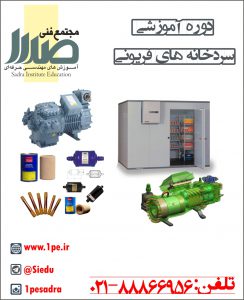
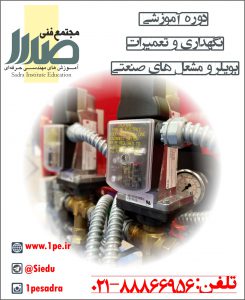
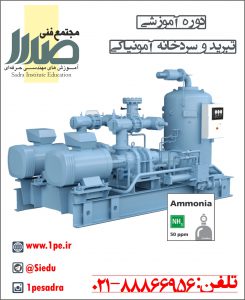
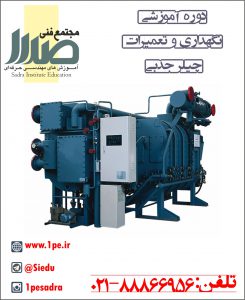

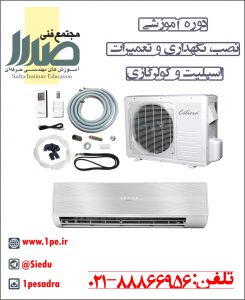




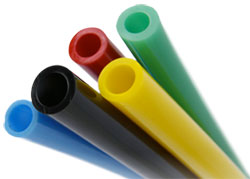
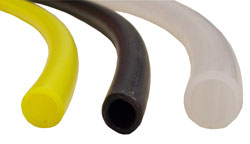

 پاسخ با نقل قول
پاسخ با نقل قول
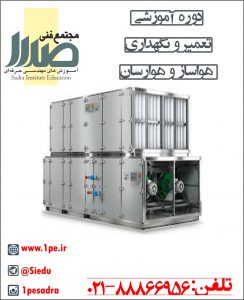
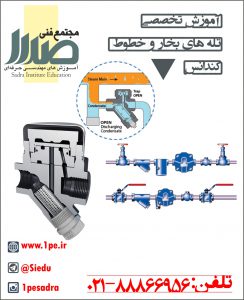

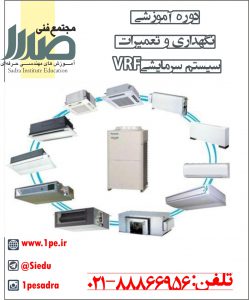

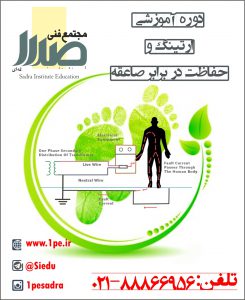
علاقه مندي ها (Bookmarks)